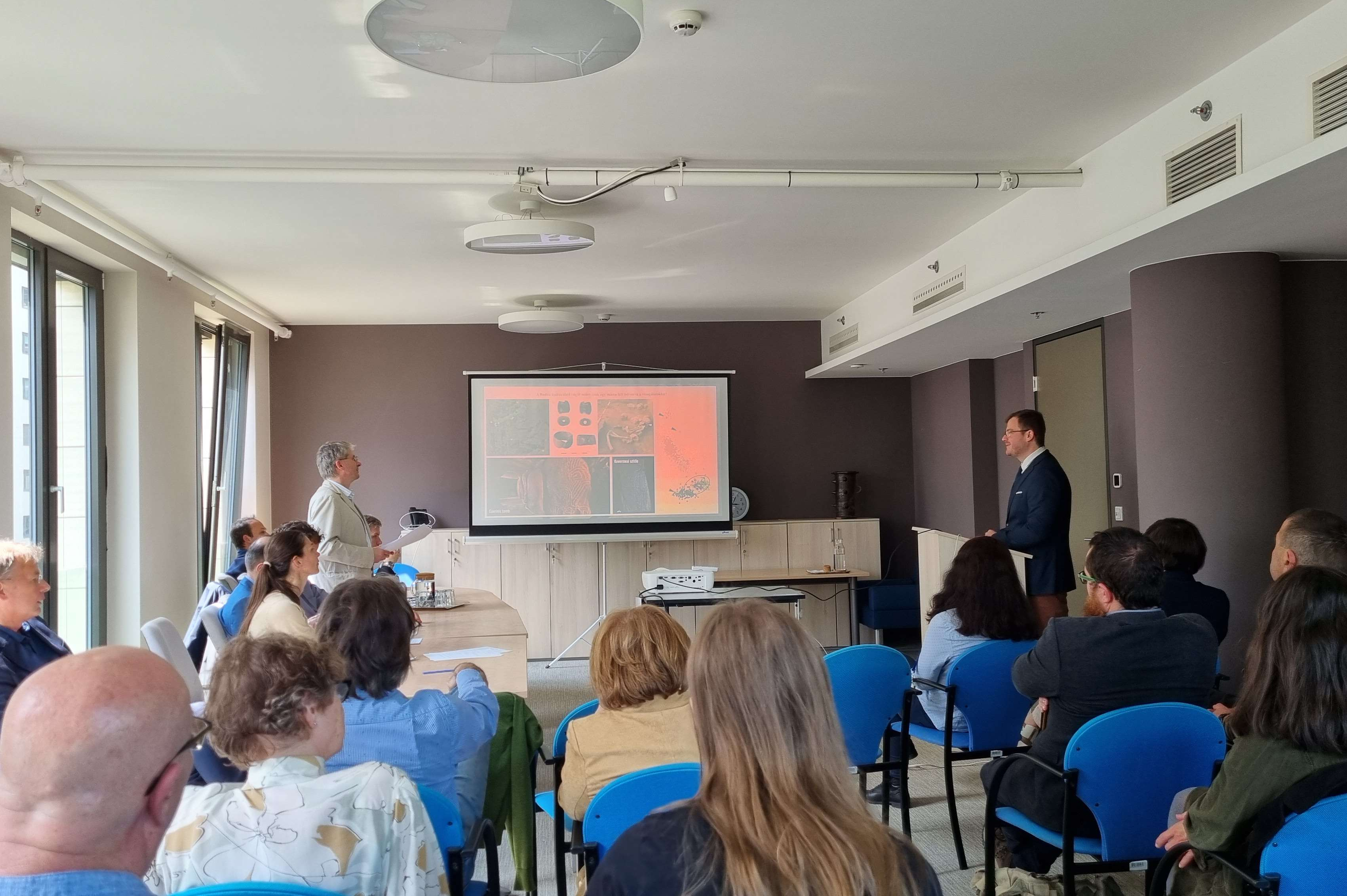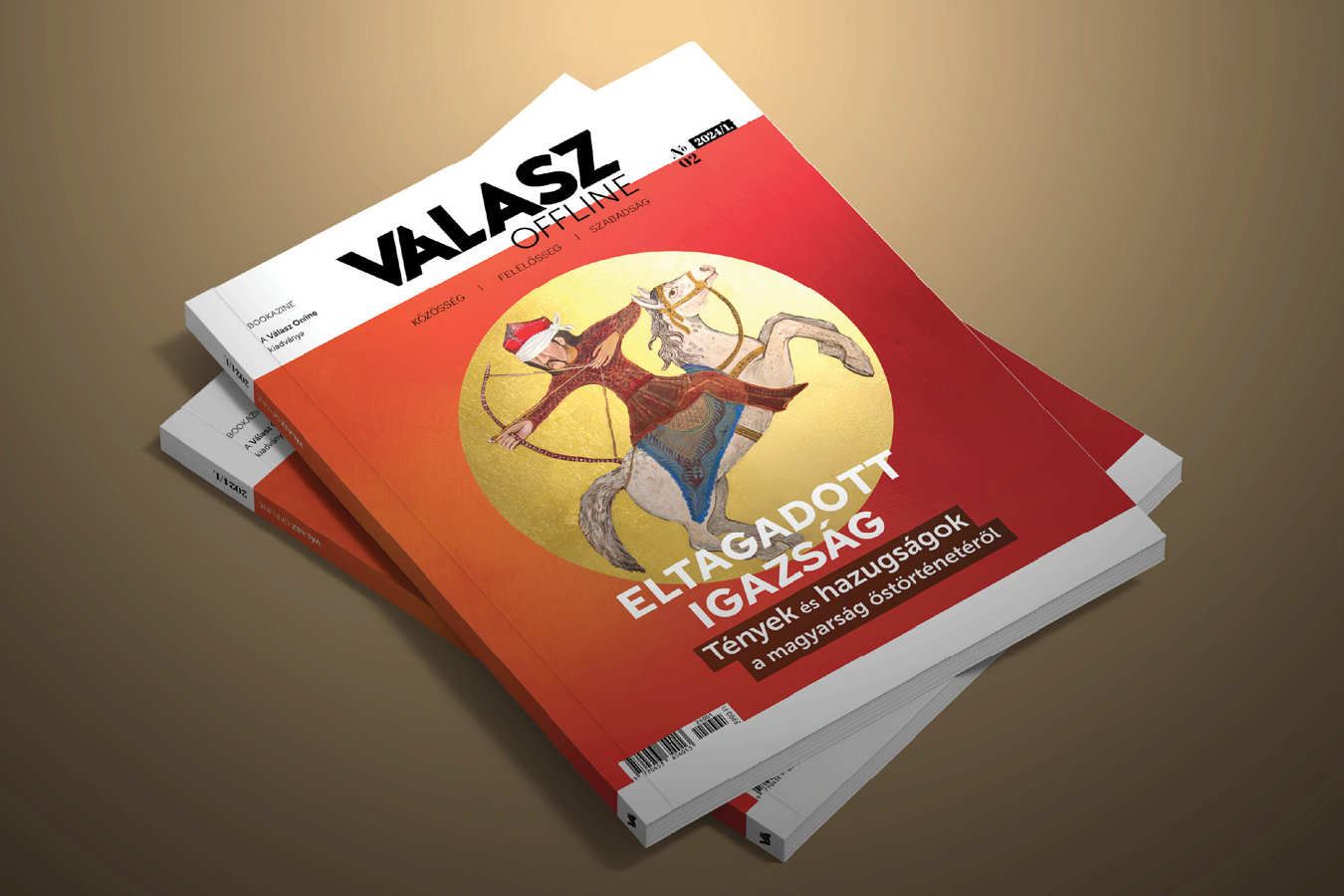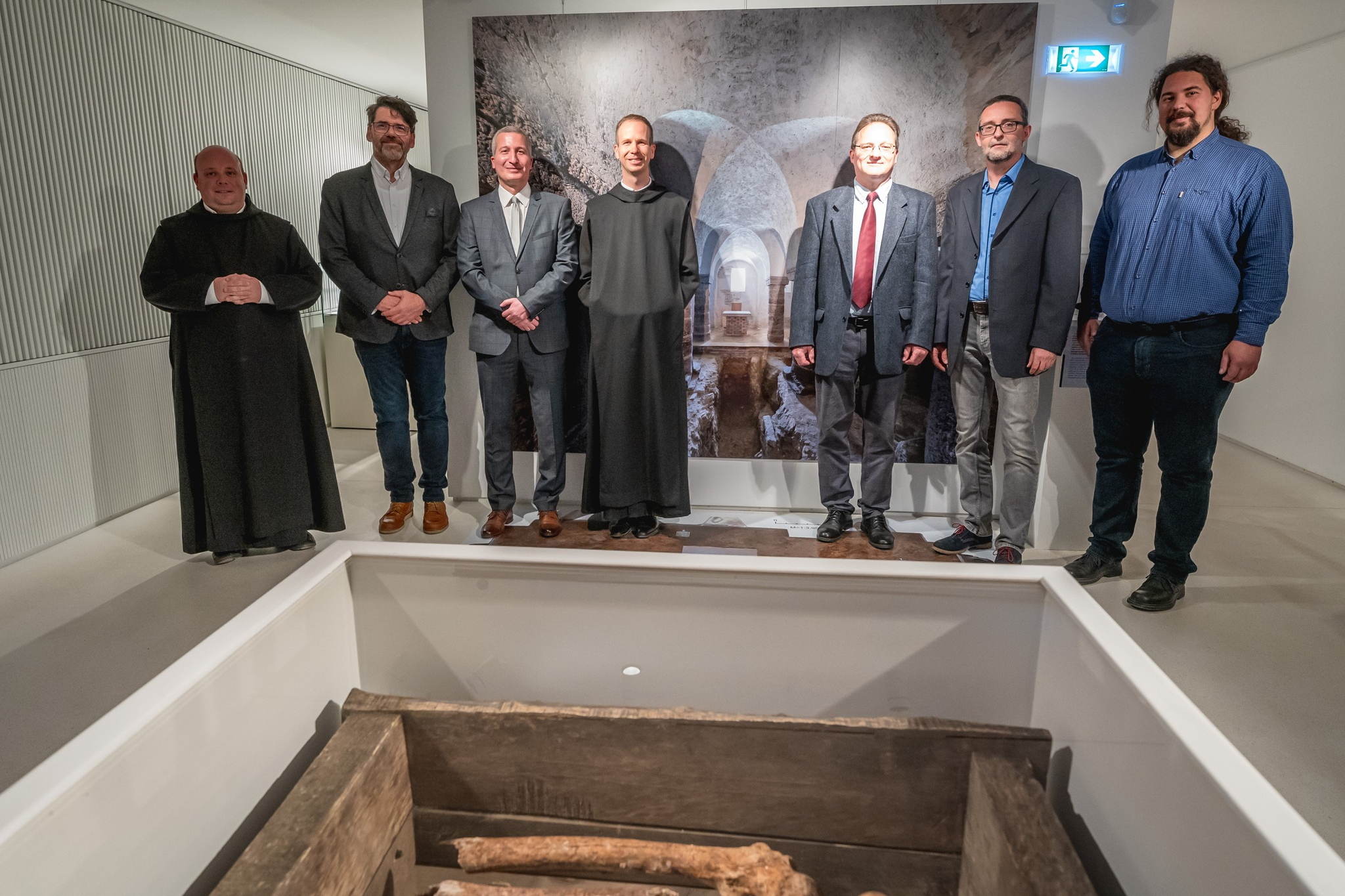
A recent study, published in the journal Scientific Reports by the Nature Publishing Group, explores the paternal and maternal genetic composition of Hungarian-speaking populations in the Baranja region of Croatia and the Zobor region of Slovakia. The study, first authored by Noémi Borbély, assistant research fellow at our institute and a PhD student at ELTE, aimed to map regional genetic similarities and differences in these relatively isolated, village-based communities.
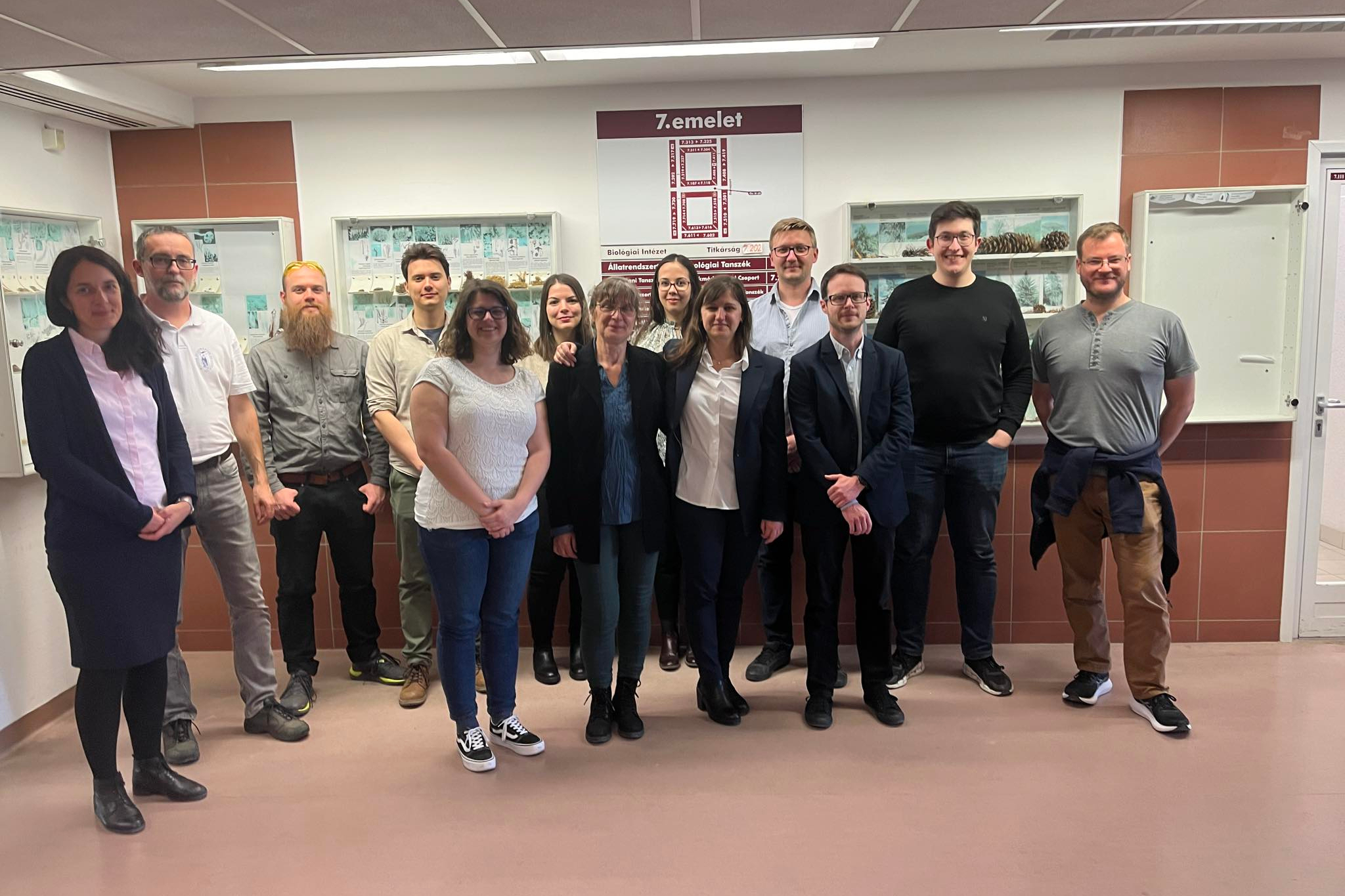
Bea Szeifert, a research fellow and scientific secretary at our institute, as a state scholarship holder of the Genetics Doctoral Program of the Biology Doctoral School at the Faculty of Science, Eötvös Loránd University (ELTE), submitted her doctoral dissertation titled "Archaeogenetic Analysis of Human Skeletal Material from Volga-Ural Region Cemeteries Associated with Early Hungarians."
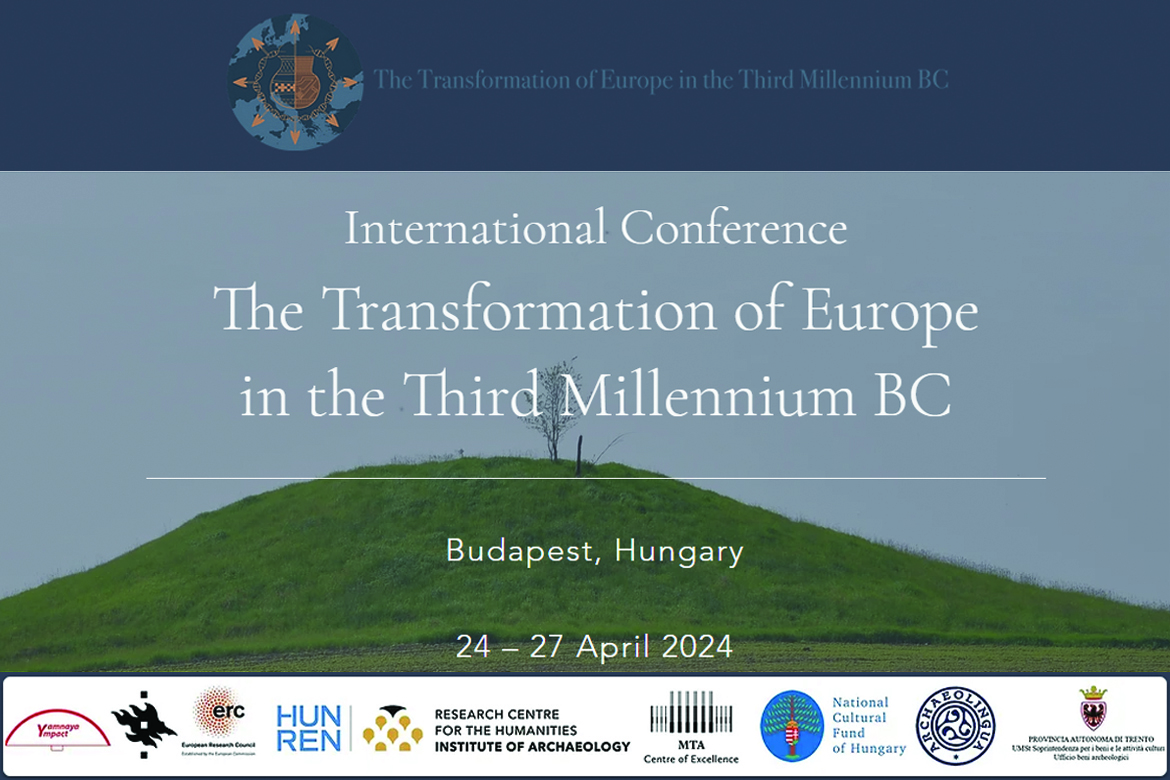
"The conference titled "The Transformation of Europe in the Third Millennium BC" took place in Budapest from April 24 to 27, 2024. The aim of the meeting was to summarize the exponentially increased quantity and quality of knowledge spanning various fields of science, including archaeology, anthropology, genetics/genomics, linguistics, and other biological and environmental sciences, through inspiring dialogue. Internationally recognized invited speakers and the poster session provided a comprehensive insight into the history of the third millennium BC, which brought significant changes to prehistoric Europe.
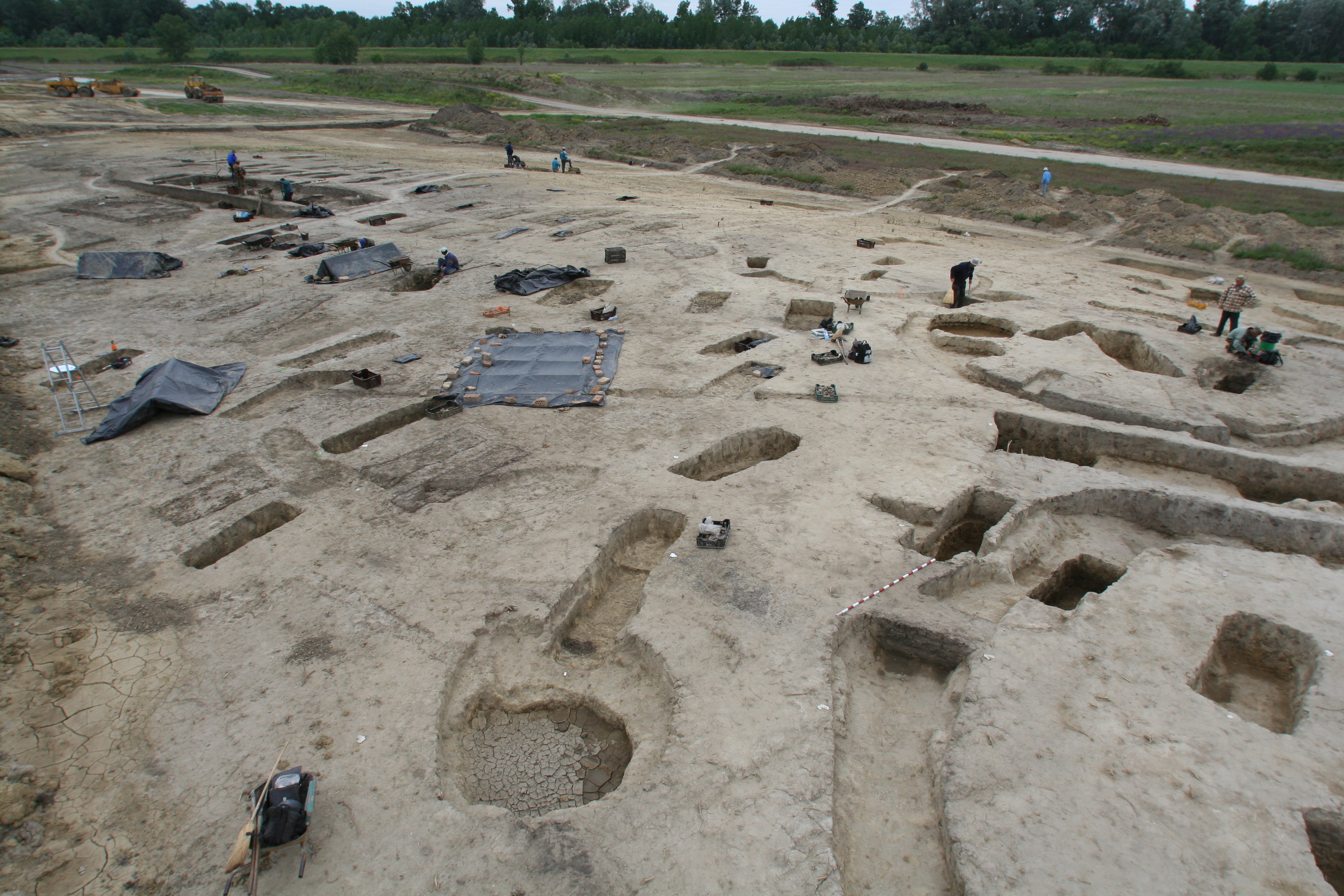
Led by researchers from the Eötvös Loránd University and the Max Planck Institute for Evolutionary Anthropology in Leipzig, the study that reveals the patterns of kinship organization in Avar society (6th-9th century AD) was published in the scientific journal Nature.
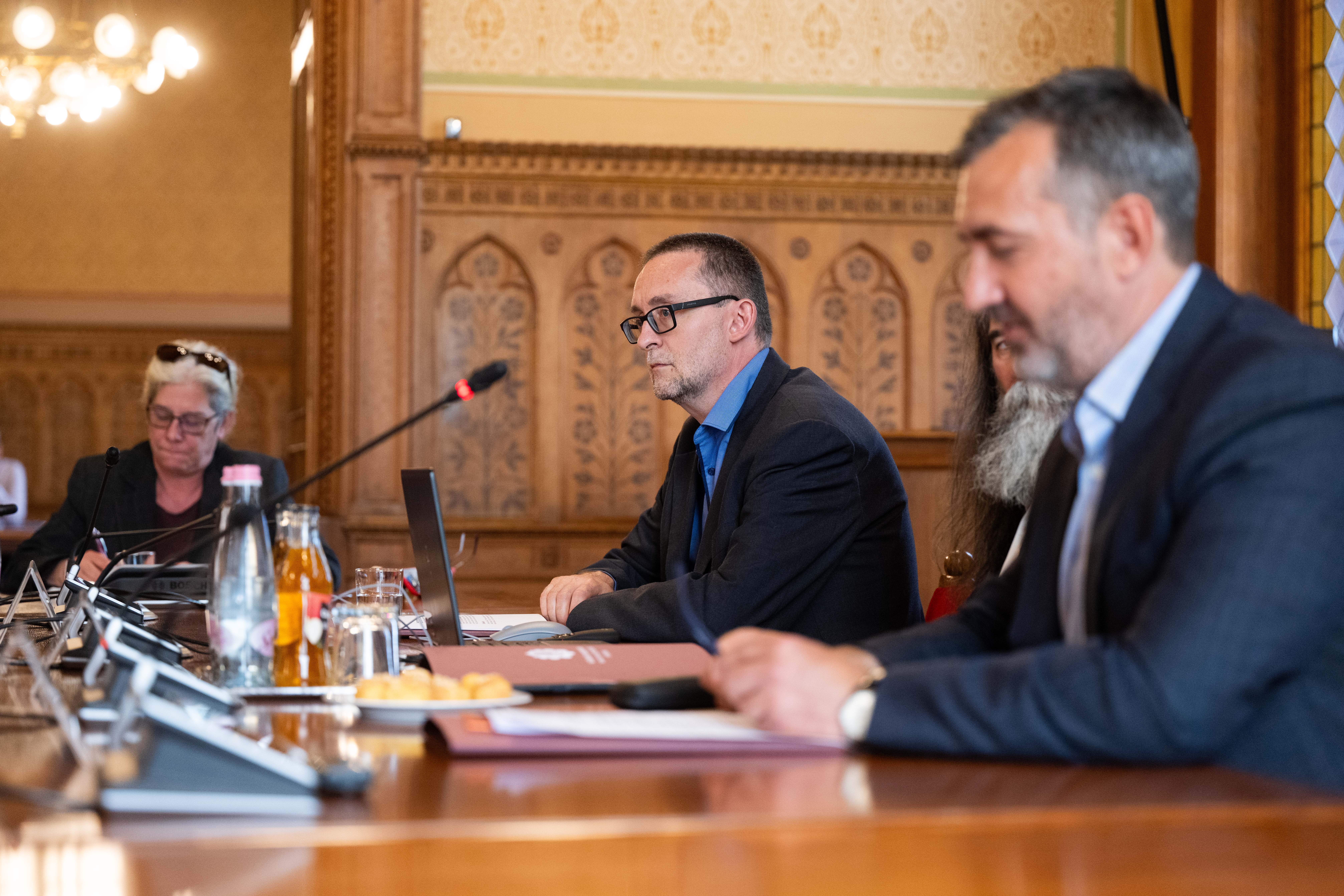
On April 9, 2024, Mende Balázs Gusztáv, deputy director of our institute, delivered a presentation titled "Hungarian Prehistory and the Image of the Hungarians. What Can Archaeogenomics Contribute?" at the meeting of the Specialist Policy Working Group of the Forum of Hungarian Representatives from the Carpathian Basin (KMKF).
More Articles …
- Delegations from the Chinese Academy of Sciences, Lanzhou University and ATES arrive at the HUN-REN Research Centre for the Humanities
- Our most feared secret is our DNA? Anna Szécsényi-Nagy on Klubrádió
- The bones found in the burial vault of the Szent Jakab Church in Kőszeg have been returned to their original resting place
- Qubit article about the work of the HAS-RCH Momentum Bioarchaeology Research Group
Page 4 of 7



